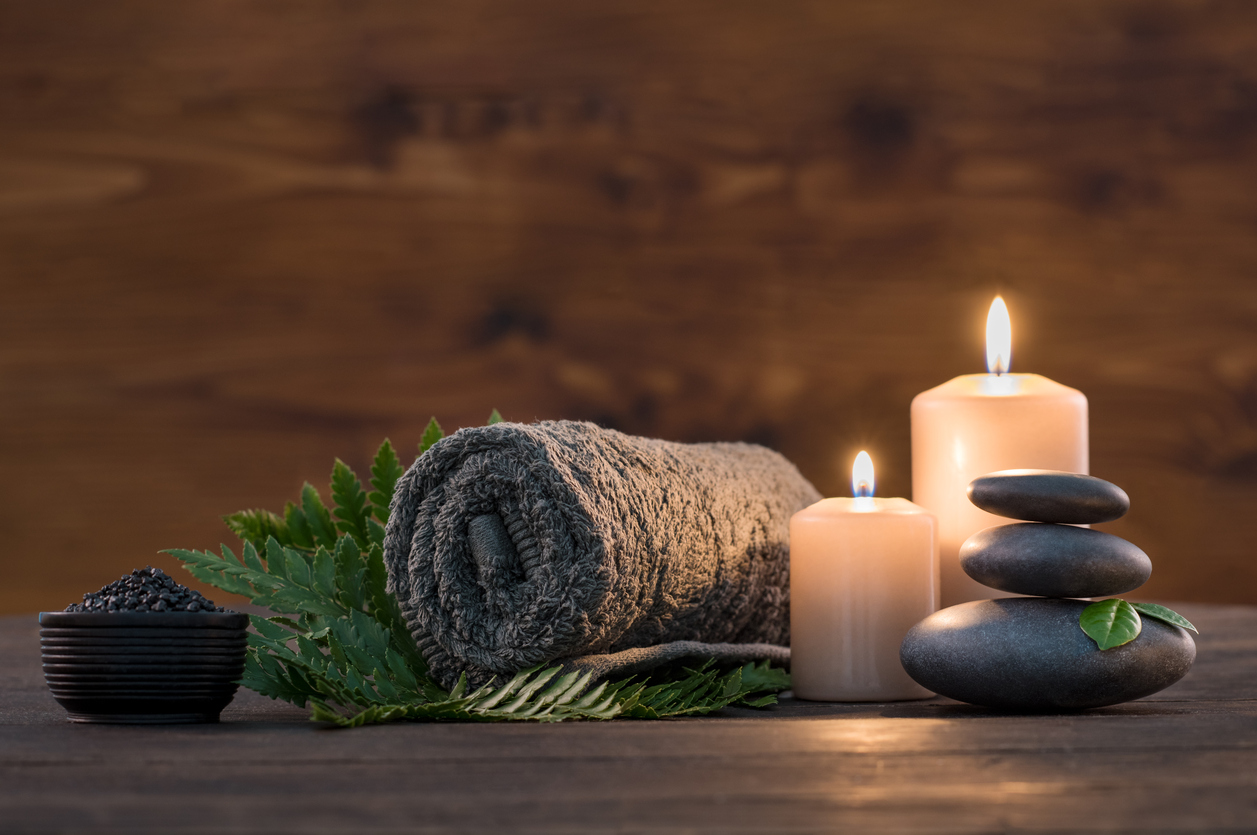Hotel Spa: A Win-Win Business Opportunities
Spa is one of the rising stars of global wellness industry due to its fast-growing record, outpacing the overall growth of the wellness industry. The Global Wellness Institute (GWI) expects the overall market value of the spa industry worldwide to grow 6% per annum, or from USD 1.29 trillion to USD 1.69 trillion during 2015-2020.
Author: PULLAWAT PITIGRAISORN
Published in Bangkok Post/Asia In Depth: Asia Focus section, 17 July 2018

Spa is one of the rising stars of global wellness industry due to its fast-growing record, outpacing the overall growth of the wellness industry. The Global Wellness Institute (GWI) expects the overall market value of the spa industry worldwide to grow 6% per annum, or from USD 1.29 trillion to USD 1.69 trillion during 2015-2020. The rate is faster than the overall growth rate of the worldwide wellness industry which is expected to grow by 5% per annum from USD 3.8 trillion to USD 4.9 trillion in the same period. The reason behind the fast-growing rate of the spa industry is attributed to 1) the rise in aging population in which an analysis of GWI report and the CIA World Factbook shows that 20 countries with highest market value for spa industry have a population median age of over 40 years old, highlighting the need of spa usage that grows alongside the trend of aging society. 2) The rising income of middle-class consumers worldwide that leads to an increase in spending on personal well-being in addition to the daily spending and 3) The fast-paced life of the millennials that create stress.
The information provided by GWI also shows that the overall market value of the spa industry in Thailand is growing as high as 8% per annum, from THB 30 billion in 2013 to THB 35 billion in 2015. This figure puts Thailand at 16th place in the world and the 5th in Asia behind China, Japan, South Korea, and India. The main consumer group for Thailand’s spa industry are international tourists especially those from East Asia, such as China, Taiwan, Hong Kong, South Korea, and Japan, as well as tourists from the western countries. The international consumers also make important contributions to growth in income for Thailand’s wellness tourism sector. From the analysis by GWI, the market value of global wellness tourism is projected to grow by 7% per annum between 2015-2020. It is expected that Thai spa industry will likely benefit from this growing trend of global wellness tourism also.
In Thailand, there are 3 popular types of spa. These are 1) Day spa which is the most common type of spa located in residential areas, offices, and shopping centres. Day spa focuses on providing treatments that last from 30 to 210 minutes without an overnight stay. 2) Destination spa which provides all-inclusive package that includes accommodation, healthy diets and wellness programs. Customers of destination spa can customize their length of stay and the services that fit their wellness goals, with options ranging from 3 to 28 days. Most of these spas are located in a tourism destination with beautiful natural surroundings. 3) Hotel spa located in a hotel/resort property. Hotel spa operates in a similar manner to a day spa. From the mentioned types of spa, hotel spa represents the worth-watching business opportunity because it provides more activity options for tourists while contributing to the hotel bottom-line. The rise of hotel spa helps Thailand to become an inclusive destination for international tourism.
Hotel spa reinforces hotel’s core competency that is reflected in a higher revenue per available room (RevPAR) while providing a business opportunity for spa operators and cosmeceutical business. According to the information from CBRE Hotels, hotels with spa in the US tend to receive a higher RevPAR than those without a spa by 27% for urban hotel and 10% for resort. This is attributed to the ability of the hotel to increase a higher rate per room. At the same time, hotel with a spa can create additional and recurring revenues from guests who signed up for a spa membership. In addition, a popular and well-known spa can help by adding value to the hotel through a positive brand image.
Furthermore, a hotel spa with a different selling point can create a unique experience for guests of the hotel. For example, Zen Zone Spa, located in a 5-star hotel Gran Hotel La Florida in Barcelona, offers a unique experience by providing a relaxing bubble pods containing 99.5% oxygen to relieve stress under blue light and detox the body, or the K-Spa of K-West Hotel & Spa in London which provides a sub-zero spa experience alongside sauna, known as the “Hot and Cold Therapy” that originated from Finland, that induces blood flow, reduce cellulite, and build the immune system.
From these angles, Thai’s spa operator should leverage an opportunity from hotel spa to build a customer base by providing services to guests staying in a hotel. This is a significant business opportunity because 4 to 5 stars hotels are mostly situated in prime areas while their customers also possess high purchasing power. For Thai’s spa operators specialized in cosmeceutical and aromatherapy products, they can use this business opportunity to advertise and sell their products while creating brand awareness through actual product usage among spa users, potentially leading to a wider consumer base that subsequently lead to higher sales.